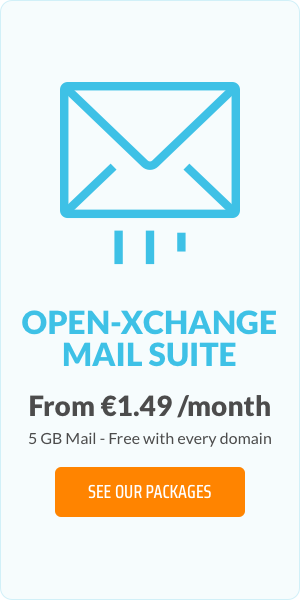5 Email Marketing Tips to Boost Your Ecommerce Sales
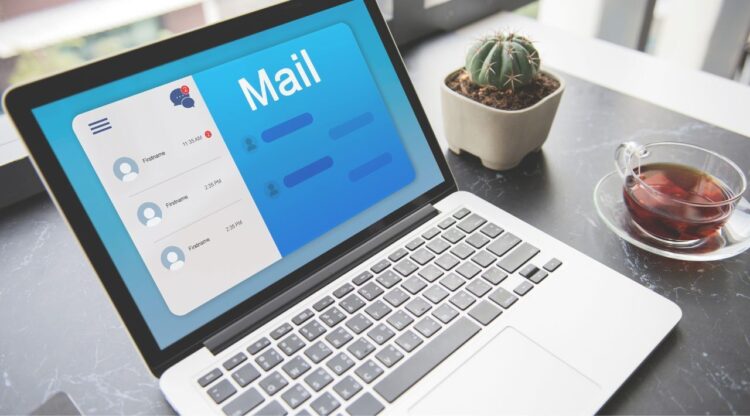
Email marketing remains one of the most powerful tools in ecommerce. A well-crafted email can do wonders for customer engagement and brand loyalty — and of course, your bottom line. Whether you’re looking to increase open rates or drive more conversions, these email marketing tips will help you achieve your sales goals.
Understanding Ecommerce Email Marketing
Email has become an incredibly important platform for modern marketers, particularly in ecommerce. Today, retailers use it to communicate offers, announce new products, and even create a sense of community among customers.
Chances are you already have an ecommerce email marketing strategy in place. But perhaps it’s not producing the results you’re after. So, how do you become a successful email marketer?
One of the key factors in email marketing success is to build a high-quality email list of contacts who are genuinely interested in your brand and products. This makes it significantly more likely they’ll engage with your email content and take a desired action.
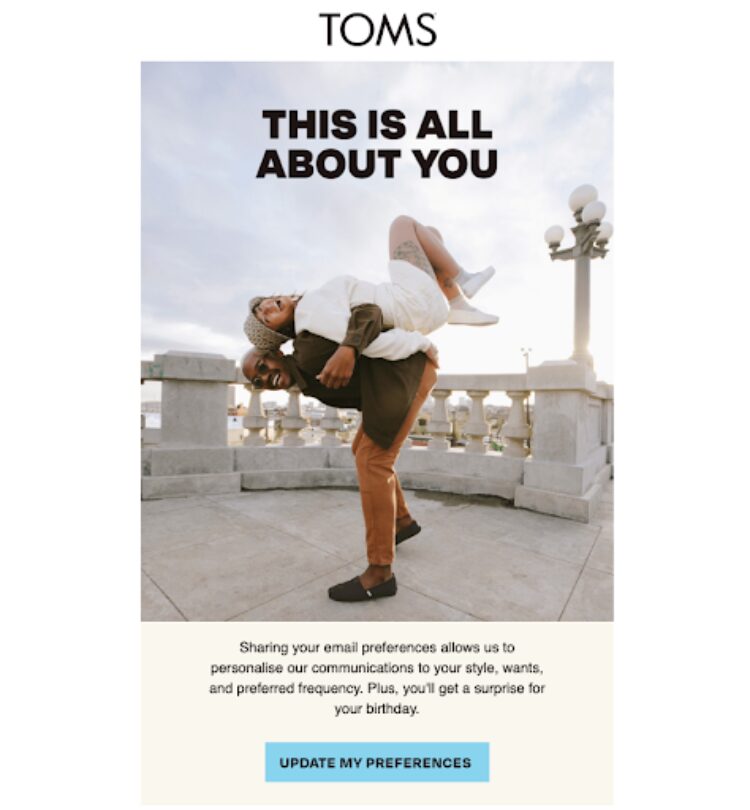
How do you grow your email list? Website sign-up forms and social media advertising are easy ways to build up an email list.
When considering email marketing vs social media marketing, each platform has unique strengths; email allows for personalized, direct communication while social media excels at broad reach and engagement.
But, to create a high-quality database, providing valuable content is key. That might mean offering a free eBook on a relevant subject, exclusive discounts and welcome offers, or insider tips and advice.
The 7 Cs of marketing
Having a high-quality list is just one factor in success. Because whether you’re managing a small marketing email list or a multi line phone system in a global call center, customer communication is everything. The below best practices will guarantee every message your team sends out is impactful.
Clear: Everything from your subject line to the email content should be straightforward. Always avoid jargon and complex language.
Concise: Long-winded emails can lose your readers’ attention, so eliminate unnecessary words and focus on the main message.
Concrete: Make sure every message provides relevant details and required information so your message is informative, credible, and actionable.
Correct: Check for grammar, spelling mistakes, and factual inaccuracies. A well-edited email reflects trust and professionalism.
Coherent: Messages should be logically organized so that it’s easy for the reader to follow and understand the point you’re trying to make.
Courteous: Even if the email addresses a complaint or a sensitive issue, the language should be considerate and professional.
Consistent: Branding is essential to any business, but it’s not just about web design. Email design and messaging should align with your brand’s voice and style. Consistency builds trust and recognition among your audience.
5 email marketing tips to drive sales
Now you have the basics covered, let’s explore some strategies to up your email marketing game.
1. Personalisation
Email fatigue looms large in 2024. So how do you counteract it? Personalisation.
According to Dynamic Yield’s The State of Personalisation in Email report, 60% of North Americans, 88% of Asians, and 80%+ of Europeans would respond favourably to email content that’s personalised to their interests.
Personalised email marketing can take many forms. But the key is to match the content with individual customers’ preferences and behaviours.
Start by tailoring the subject line—for example, using someone’s name in a promotional email or birthday message:
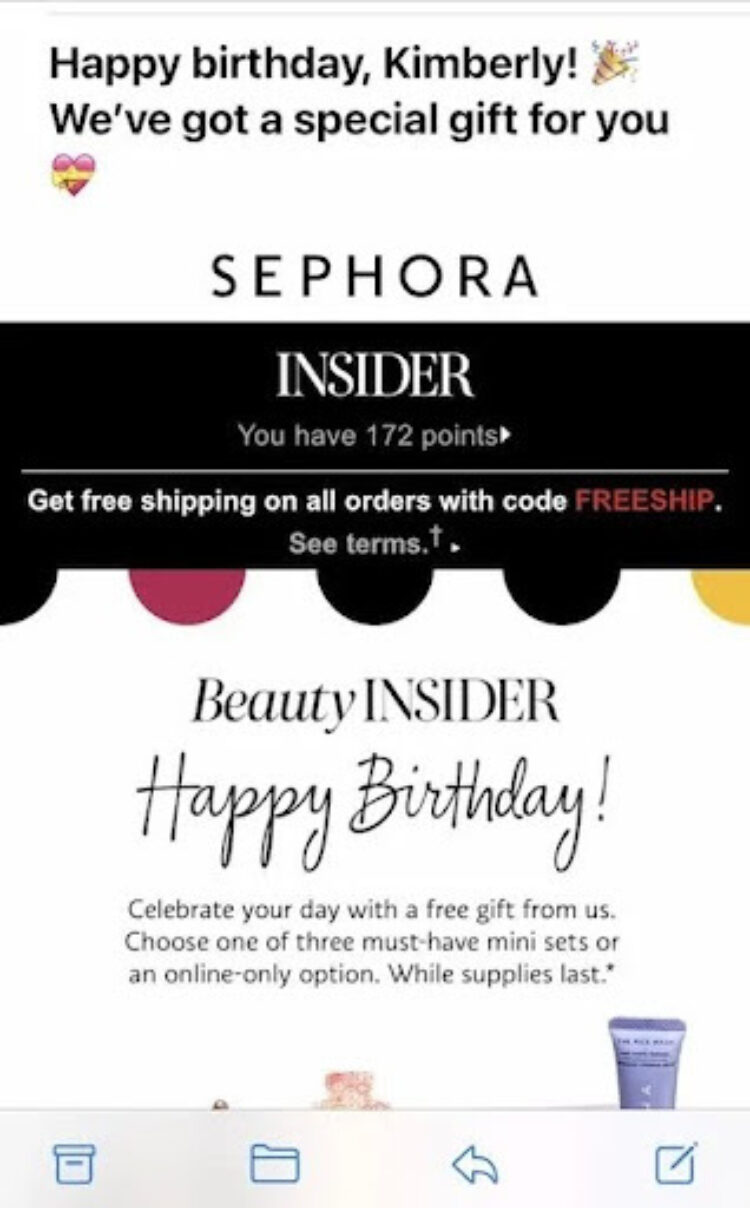
In addition, use customer data to recommend products based on past purchases or browsing behavior. You can find this info by collecting purchase data or using web analytics. If you’ve conducted a profitability analysis, this should also help you identify the right products to upsell and cross-sell as part of your recommendation strategy.
Let’s say a customer recently bought a camera from your website. Why not suggest accessories like lenses or tripods in follow-up emails? This sort of tailored marketing makes customers feel valued and understood. And with that, you can increase the likelihood of repeat business and loyalty.
Leveraging personalisation extends beyond individual consumers. If you’re involved in B2B marketing, you already know that understanding the specific needs of companies is also important.
One tactic is to find company email addresses of potential business clients and personalize content based on their industry or recent initiatives that your research digs up.
2. Segmentation
Email segmentation is the process of separating contacts based on information such as customer demographics, purchase history, and engagement levels. This allows you to send more targeted and relevant messages.
For example, you could create individual segments for loyal customers, new subscribers, and inactive subscribers. Each receives tailored content that addresses their specific needs and interests and what you hope to get from them.
Loyal customers could be offered early access to new products or invited onto your referral program. Customer referrals are a form of marketing that turns loyal customers into brand advocates. By incentivising them with points and rewards, you increase the chances of them staying engaged, making more purchases, and bringing in new customers.
You can then send those new customers — who you’ve so effectively segmented – a welcome series that introduces your brand and products. Meanwhile, re-engagement campaigns with special offers can win back inactive users.
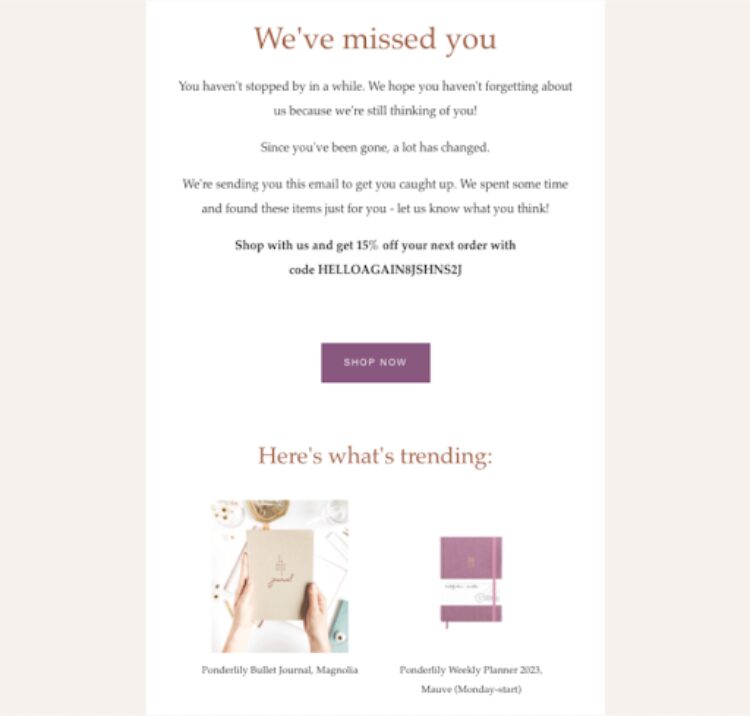
Geographical segmentation can also be effective. When customers sign up, ask for optional information that might tell you, for example, if they live in a 732 area code or are city-dwellers. This helps localise offers and announcements. For example, you can send announcements about regional or local store openings to customers based in New Jersey or send relevant product promotions to city-dwellers.
This not only improves open and click-through rates, it also boosts customer retention. Being more targeted keeps loyal customers loyal and encourages not-so-loyal customers to come back to your company.
3. Automated email campaigns
Marketers can’t be everywhere all the time. But they can set up automated email campaigns. These types of emails are triggered based on specific customer actions or email cycles, so you can send emails at the best time to increase engagement and make a sale.
Welcome emails, for example, make a strong first impression when a customer joins your mailing list. This is essential for lead nurturing. It’s a golden opportunity to introduce your brand and highlight key products or services. Including a special welcome offer or discount can further entice new subscribers to make their first purchase.
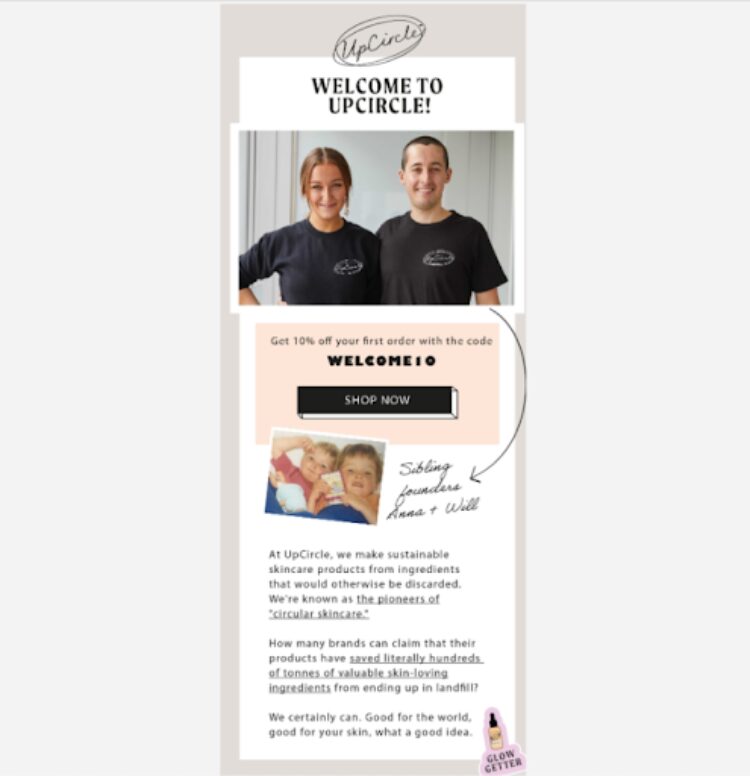
Another example is abandoned cart reminders. When a customer adds items to their cart but doesn’t complete the purchase, an automated sequence sends a series of gentle nudges to remind them of their pending purchase. These emails can include incentives like free shipping or a discount code to encourage the customer to finalize their transaction.
Post-purchase follow-ups are equally important. Once a customer completes a purchase, sending an automated thank-you email shows appreciation and reinforces positive feelings about their decision. You can also use this opportunity to suggest complementary products based on their purchase. Additionally, requesting feedback or reviews can help build trust and provide valuable insights into customer satisfaction.
4. Compelling subject lines
People receive so many promotional emails every day—some reports suggest 5-10 emails. So what makes customers open one email over another? Email subject lines. Nailing them is a significant step in increasing email open rates.
A subject line needs to be attention-grabbing and convey a sense of urgency, curiosity, or value. For instance, “Pssst… the clock is ticking ” creates a sense of urgency that triggers an immediate action.
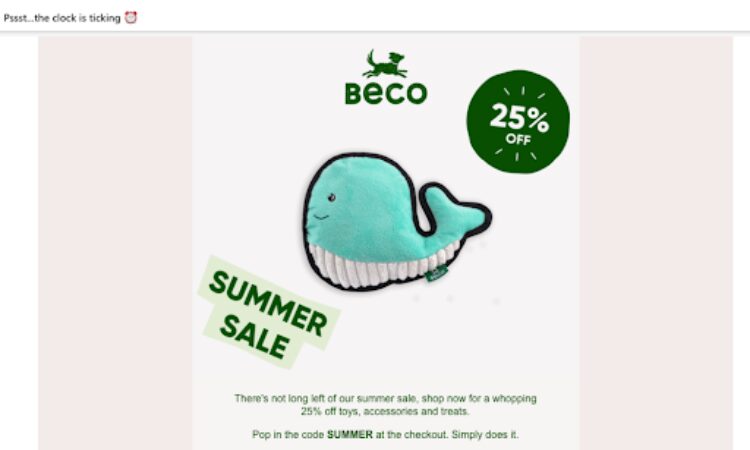
Meanwhile, a subject line like “Discover the Secret to Perfect Skin” piques curiosity, encouraging email recipients to open the email to learn more.
Don’t forget to include value propositions in your subject lines, such as “Exclusive 20% Off for Our VIP Members”. These make it clear what benefit the recipient will gain.
Consider using relevant data, too. Highlighting statistics like the percentage of customers who’ve given your product a 5-star rating or the number of sales you've made adds another layer of effectiveness and establishes trust and authority.
Test different subject lines and analyse their performance by comparing their respective open rates. This can help you understand what resonates best with your audience and refine your approach over time.
5. Mobile optimisation
How many emails do you read on your smartphone or tablet? Chances are it’s more than on your desktop—and the same goes for your customers.
With a significant portion of email opens occurring on mobile devices, optimising your emails for mobile is essential. This means using responsive designs and layouts that allow your email newsletters to look great on all screen sizes.
Keep content concise, as mobile readers often scan emails quickly. Use larger fonts for better readability and make sure that any buttons and links are easy to tap. Make sure images are optimised to load quickly without compromising quality.
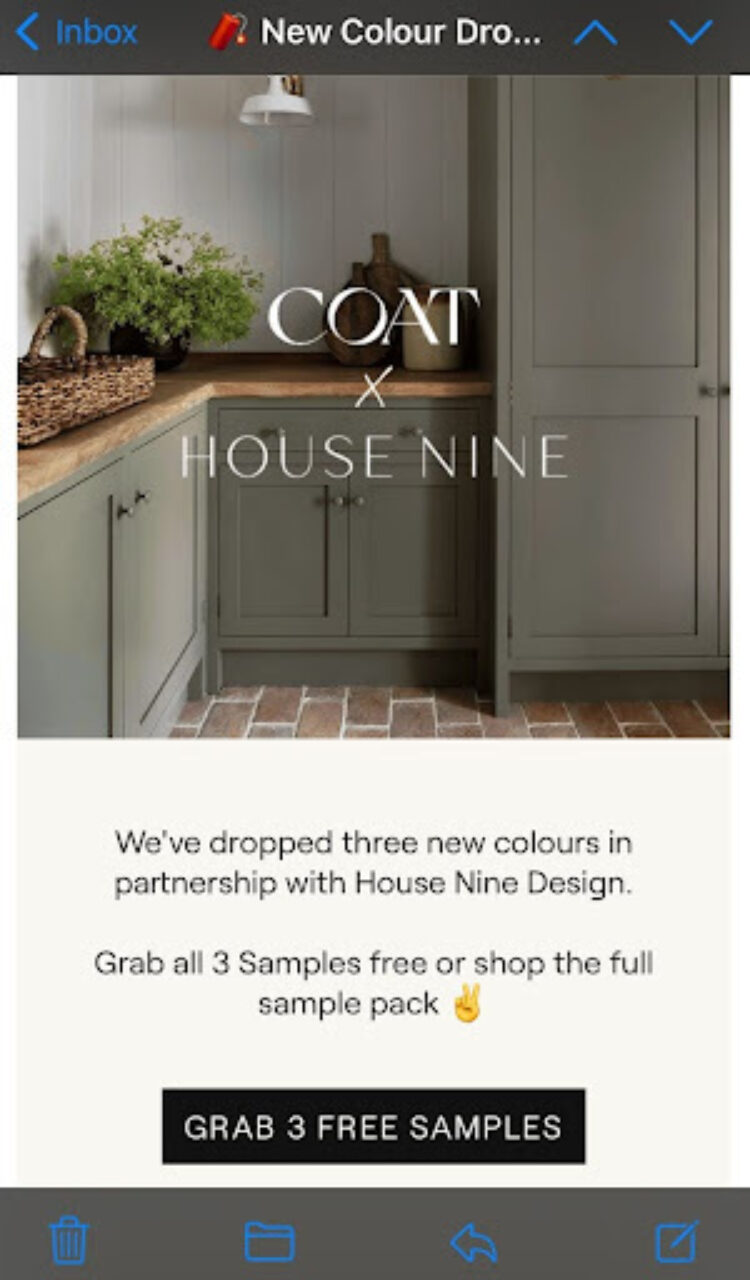
Focusing on mobile email optimisation is a must if you want to improve the user experience. But it has other benefits too, including reducing bounce rates and increasing engagement and conversions.
Mobile optimisation can also enhance your brand reputation. Emails that are consistently well-designed and easy to interact with lead to a positive perception of your brand. Recipients are more likely to trust and engage with a company that prioritises their convenience and user experience.
Finally, with the rise of mobile shopping, ensuring your emails facilitate a seamless transition to your mobile site or app can directly impact sales. Customers want to quickly move from email to product, so a properly optimised and easy-to-navigate email will do just that.
How to perfect email marketing for your ecommerce brand
Email marketing is a blend of strategy and creativity. Our email marketing tips offer advice for both. With them, you can create engaging and effective email marketing campaigns that resonate with your audience.
Remember that, while your end goal may be to boost ecommerce sales, your customers should be at the heart of your email marketing efforts. Tailor your content to meet their needs and preferences, and the rest will fall into place.
Continuously test and analyse your current and future campaigns to identify what works best and where there’s room for improvement.
Keep experimenting and evolving your email marketing efforts to keep your audience engaged. Email marketing is a cost-effective and exciting way to boost ecommerce sales, but like any marketing campaign, will need tweaking and perfecting.
About the author
J.P. Walti is Vice-President of Marketing, Creative, and Web at RingCentral, an AI-powered communications software provider. He has two decades’ worth of experience in the marketing and creative fields.
